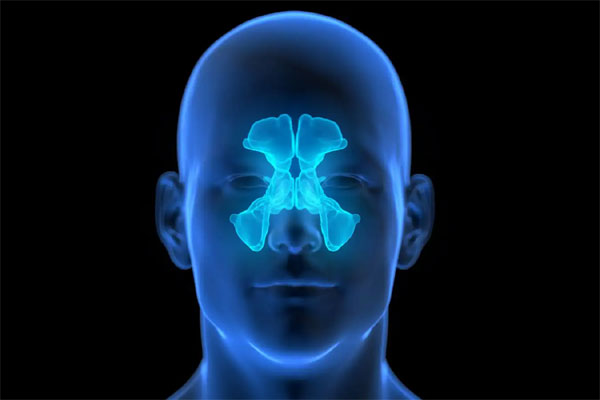Daijiworld Media Network - New Delhi
New Delhi, Aug 30: A major clinical trial published in The Lancet has found that surgery offers significantly better outcomes than antibiotics in treating chronic rhinosinusitis (CRS), commonly known as chronic sinusitis. The findings are expected to reshape how doctors treat this long-lasting and often debilitating condition.
Chronic sinusitis affects millions worldwide, with symptoms like nasal congestion, facial pressure, loss of smell, fatigue, and breathing difficulties often lasting for months—or even years. Until now, antibiotics have frequently been prescribed, despite limited evidence of long-term benefit.
However, in a randomized controlled trial involving over 500 patients across the UK, researchers found that sinus surgery delivered lasting relief, while a three-month course of low-dose antibiotics showed no significant improvement compared to a placebo.

Lead author Professor Carl Philpott of the University of East Anglia’s Norwich Medical School said, “What we found is that surgery was effective at reducing symptoms six months on, while taking the course of antibiotics seemed to make little difference. This could be a real game-changer for sufferers worldwide.”
The study, conducted in collaboration with University College London (UCL), followed participants for six months. All patients continued using nasal steroid sprays and saline rinses—standard treatments that help manage symptoms. Researchers assessed outcomes through sinus examinations, airflow tests, and smell assessments.
The results were clear: 87% of patients who underwent surgery reported an improved quality of life six months later, compared to minimal improvements in the antibiotic and placebo groups.
The researchers hope the findings will accelerate access to surgical options for patients who don’t respond to conservative treatments, potentially reducing delays in care and unnecessary medical consultations.
“This trial gives us strong evidence to streamline treatment pathways,” Philpott added, “saving time for patients and reducing strain on healthcare systems.”